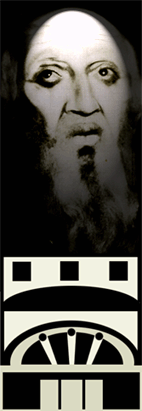
Theatre |
The origins of modern Yiddish theater are no older than the 1860s in Eastern Europe and the founder is acknowledged to be Avrom Goldfaden. American Yiddish theater blossomed in the period from the 1890s-1920s when thousands of Jewish immigrants on the Lower East Side of New York attended dozens of theaters. The theater provided much-needed entertainment for the hard working masses. The leading actors, such as Jacob P. Adler, David Kessler, Zigmund Mogulesco, became stars with huge followings. A number of them, such as Muni Weisenfreund, also known as Paul Muni, made the transition to Hollywood. The plays that were performed included not only Goldfaden's musicals, but translations of the best of world theater into Yiddish from Shakespeare, Ibsen, and Chekhov. Most of the early Yiddish theater was popular drama with a little comedy, a little melodrama, a little song and dance to make everyone in the theater happy. The push for a higher quality Yiddish theater was led by Jacob Gordin 1853-1909 and later, by Maurice Schwartz, who founded the Yiddish Art Theater which performed wonderful serious drama into the 1950s and produced several Yiddish films. Serious social drama was also organized in the 1927 by a leftist drama group known as the Artef, an acronym for "Der Arbeter teater farband" [The Workers' Theater Group]. Women actors were central to stage and screen productions. Examples of some popular actresses are Molly Picon and Berta Kalich. |
|
| |